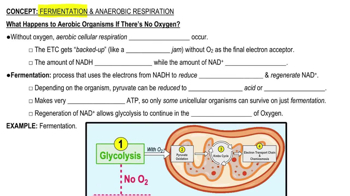Dehydration would:
(a) Cause an increase in the hematocrit
(b) Cause a decrease in the hematocrit
(c) Have no effect on the hematocrit
(d) Cause an increase in plasma volume
 Verified step by step guidance
Verified step by step guidance Verified video answer for a similar problem:
Verified video answer for a similar problem:



 7:52m
7:52mMaster Function of Hemoglobin with a bite sized video explanation from Bruce Bryan
Start learning